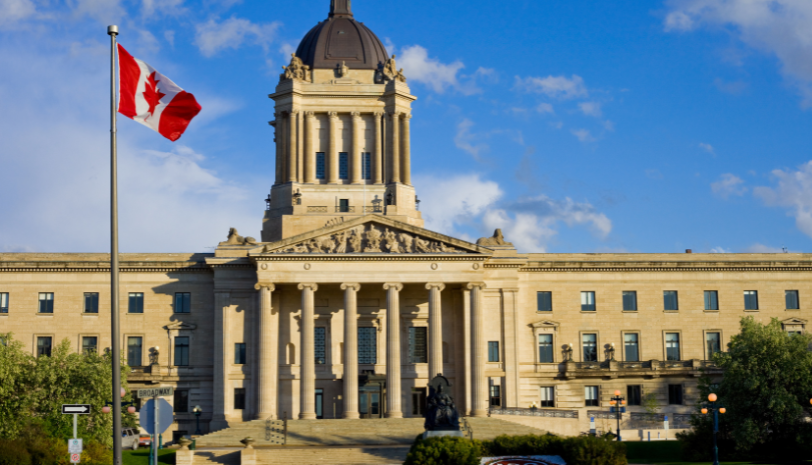Case Study: Should the government rename public spaces?

Related Lesson
Lesson C: Constructive Discussion
Downloads
Full Case Study: PDF, Google Doc,
Background: PDF, Google Doc,
Arguments for: PDF, Google Doc,
Arguments against: PDF, Google Doc,
Discussion Prompt
The government should rename public spaces that commemorate historical figures who would be considered racist by today’s standards
General background
Like many countries, Canada has a complex history of colonialism, largely tied up with the treatment of the Indigenous peoples who lived here long before the first European settlers arrived.
There are many figures related to Canada’s early history who have been commemorated in public spaces across the country — including statues, street names, and building names — who are controversial figures today because of their role in colonization.
For example, in recent years, there have been calls to rename schools and other public spaces named after historical figures such as Sir John A. Macdonald. Macdonald, the first Prime Minister of Canada, helped to enact the residential school system in which Indigenous children were forcibly removed from their families and subjected to abuse in the name of assimilation.
Cities and towns across Canada have been grappling in recent years with decisions related to renaming — whether to keep tributes to historical people who are deemed racist today, or to rename or replace them in the name of reconciliation.
Proponents of renaming these public spaces argue that we must acknowledge the harm caused by historical figures. Removing their names from public spaces is seen as a step toward reconciliation and healing. Opponents believe this erases history and the contributions of such people, arguing that it is important to understand how the context in which they lived is different from today.
Read more
In favour of renaming
Here are some of the reasons people might support renaming public spaces:
Acknowledge injustice
Naming public places after individuals who are associated with colonialism, imperialism, and racism can be seen as glorifying their actions and legitimizing their legacy. Renaming such places is seen as a way of addressing these historical wrongs.
Reflect changing values
Renaming public places to remove the names of colonial figures whose actions and beliefs are now considered racist can be a way to reject past norms and embrace evolving societal values, such as equity and social justice.
Foster reconciliation
Removing the names of those who systematically oppressed Indigenous peoples through history from public spaces can be seen as a gesture of reconciliation and a step toward building better relationships for the future.
Support Indigenous culture
When spaces are re-named to reflect Indigenous heritage, this can be seen as a way to map a broader view where fewer things are named for colonizers and colonialism. For example, last year members of the PEI legislature voted unanimously to rename Confederation Bridge “Epekwitk Crossing,” Mi’kmaq for “something lying on water.”
Encourage civic engagement
Renaming public places can encourage civic engagement and public discourse by prompting discussions about the legacy of colonialism. These actions can also be seen as a way of putting pressure on political leaders and institutions to take concrete steps toward addressing systemic racism through policy.
Read More
Against renaming
Here are some of the reasons people might be against renaming public spaces:
Erasing history
Renaming public places erases the historical context in which these names were given and removes an important link to the past.
Diminishing accomplishments
Looking at historical figures through the lens of modern values is unfair and diminishes the accomplishments of people being evaluated outside of their own time. For example, Egerton Ryerson, whose name was taken off a Toronto university in 2022, was an education innovator. Blaming him for residential schools and erasing his name is seen by some as a needless distortion.
Cost
Renaming public places can be costly and may require changing signage, maps, and other materials, which can be a burden on taxpayers. The recent vote in Toronto to change the name of Dundas Street will cost taxpayers an estimated $6.3 million.
Divisiveness
Renaming can be a divisive issue and an unnecessary distraction from more pressing issues. There may not be a consensus on what names to choose to replace the colonial names, which could lead to further conflicts and divisions.
Slippery slope
If we start re-naming public spaces, where is the line between acceptable and unacceptable, and where does it stop? The practice could lead to a never-ending cycle of name changes as values and societal norms continue to evolve.
Read More
